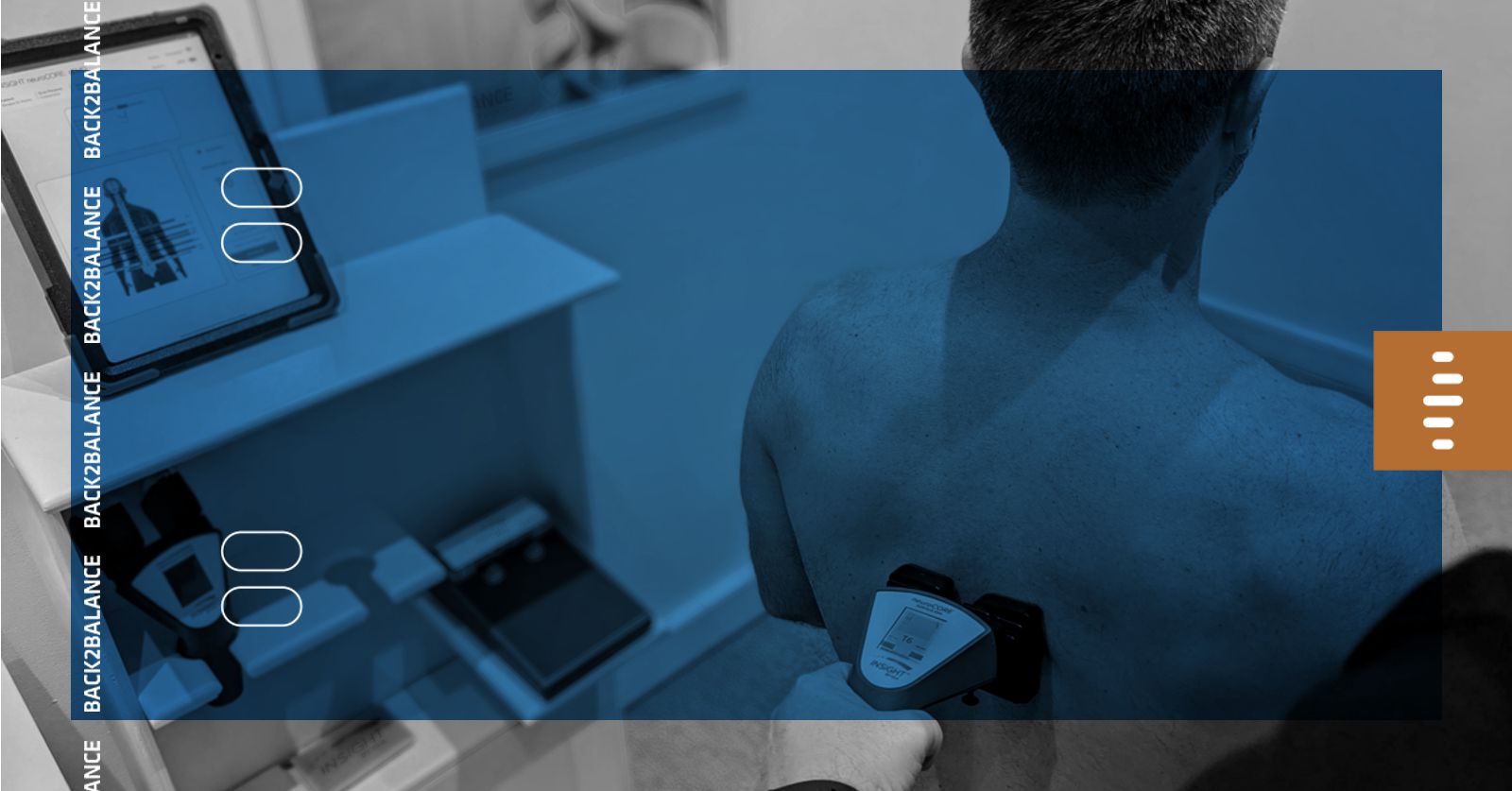Refining Our Spinal Alignment Check
Tools, Rationale, and a Real-World Example


At Back2Balance, we view alignment as one key facet of the Vertebral Subluxation Complex (VSC). While subluxation also involves joint mobility and neurological elements, this post focuses on how we examine alignment with three specific tools:
1. Digital Posture Analysis (PostureScreen Mobile)
2. Bilateral Weight Scales
3. Superficial Electromyography (Synapse sEMG)
Below, you’ll see the clinical rationale behind each device, our recommended re-evaluation schedule, and a mini case study showing how all these factors can work together to support better outcomes for conditions like low back pain, headaches, and torticollis.
We begin by visually identifying any forward head tilt, uneven shoulders, or spinal shifts using PostureScreen Mobile, an app that scans images and pinpoints subtle angles and asymmetries.
- Why It Helps:
This tool doesn’t just provide a quick snapshot—it gives us angle measurements. For instance, a forward head tiltcan lead to increased neck and upper back tension, which may exacerbate headaches or shoulder pain. By measuring precisely how far the head deviates from optimal alignment, we better understand where strain is being placed on muscles and joints.
Bridging to Next Assessment: Of course, posture alone isn’t the full story. In addition to posture screening, we also need to look at how your body carries weight, which can uncover deeper asymmetries in the spine.
After digital posture analysis, we have you stand on two separate scales, one under each foot, to see if your body weight is evenly distributed.
- Why It Helps:
Ideally, a person’s left and right foot should each bear roughly half their total weight. If you consistently place significantly more weight on one side—for example, 5% or more difference—this imbalance can accelerate wear and tear on the spine, hips, and knees on the side bearing the extra load. Such uneven load often hints at underlying spinal rotation or misalignment that requires further evaluation or chiropractic care.
3. Superficial Electromyography (Synapse sEMG)
With the Synapse sEMG device, we measure how intensively various back muscles are firing while you stand. Electrodes placed over muscle areas detect electrical activity.
- Why It Helps:
When certain spinal segments are misaligned, muscles can tighten as they try to compensate. Interestingly, these compensatory contractions may not necessarily appear exactly where you feel pain, meaning someone with low back discomfort might show overactivity in mid-back or even neck muscles. By pinpointing these patterns, sEMG helps us target where the body is straining the most.
Bridging to Re-Evaluations: After we collect these baseline findings, we revisit them at future checkpoints to confirm your response to care.


Checking the Map: Our Re-Evaluation Frequency
We compare assessments (posture scan, weight distribution, and/or sEMG readings) at key points during a care plan — always adapting to the doctor’s recommendations. Think of it like traveling with a map: you periodically check that you’re on the right course, rather than waiting until you’re lost to look at directions.
Case Study Spotlight
To illustrate how these tools work in unison, imagine Maria, a 35-year-old who presents with low back pain, recurrent headaches, and mild torticollis (an involuntary head tilt):
- Digital Posture Analysis: Shows significant forward head lean of 15 degrees and a slight spinal rotation at the mid-back.
- Bilateral Weight Scales: Reveal an 8% difference (0–2% is considered normal) with the right side bearing more of her total body weight. She also notes mild right hip discomfort.
- sEMG: Detects considerable tension in the left mid-back region and around the right side of the neck—not precisely where she feels the most pain but indicative of compensatory muscle activity.
With a consistent schedule of chiropractic adjustments focused on reducing subluxations in her cervical and lumbar spine, plus targeted exercises to correct her forward head lean and weight imbalance, Maria sees improvements in:
- Low Back Pain: Marked reduction within two weeks of care.
- Headaches: Fewer episodes after her posture improved and the forward head angle decreased.
- Torticollis: Noticeable relief as the overactive muscles in her neck and upper back started to relax.
By the time of her final re-evaluation, the forward head lean had shrunk to 5 degrees, her weight distribution difference was down to 2.5%, and sEMG showed more balanced muscle activity. She has continued with periodic checkups to ensure she remains on course.




In Summary
At Back2Balance, we use Digital Posture Analysis, Bilateral Weight Scales, and sEMG not just to find subluxations tied to alignment—but also to gauge how they affect your muscles and weight-bearing. We then repeat these assessments at strategic points, much like checking a map mid-journey, ensuring we stay aligned with your health goals. Whether it’s reducing pain, addressing torticollis, or preventing future spinal wear, these tools collectively help us target the right interventions and confirm their effectiveness over time.
